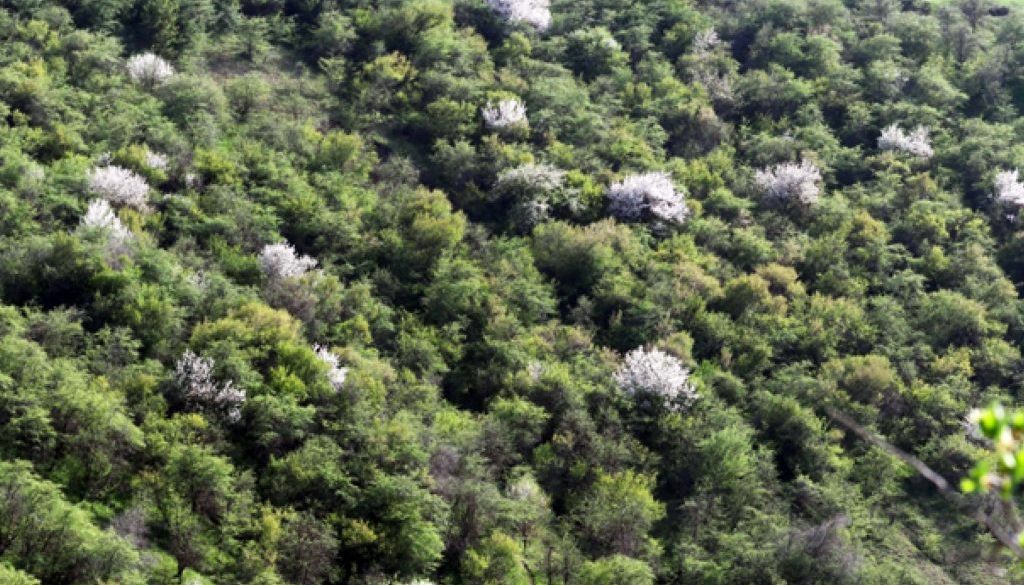To bardzo ważny typ roślinności w Azji Środkowej, pozostający w dynamicznym związku z lasami szerokolistnymi na żyznych siedliskach, w tym z lasem orzecha i jabłoni. Na podstawie 120 zdjęć fitosocjologicznych udało nam się wyodrębnić pięć zespołów roślinnych, w tym typowe dla występowania dzikiej jabłoni Aflatunio ulmifoliae-Caraganetum. Głównymi czynnikami determinującymi skład gatunkowy badanej roślinności są: wysokość nad poziomem morza, średnia roczna temperatura i suma rocznych opadów. Przedstawione wyniki badań wypełniają lukę w wiedzy na temat roślinności zaroślowej Tadżykistanu. Badania w sąsiednich krajach i skupienie się na subalpejskich kserotermicznych zaroślach są kolejnym, niezbędnym do skompletowania wiedzy o klasyfikacji roślinności zaroślowej Azji Środkowej.
Abstract
In this paper we propose the first syntaxonomic classification for the mesophilous scrub vegetation in Tajikistan with some remarks on their environmental variability. Methods: Altogether 120 relevés were sampled using the standard, seven-degree cover-abundance scale of Braun-Blanquet, in 2015–2021. They were classified by the modified TWINSPAN method using the four step interval scale with cutoff levels of 0%, 2%, 5% and 10% and total inertia as a measure of cluster heterogeneity. Diagnostic species were identified using the phi coefficient as a fidelity measure. Detrended Correspondence Analysis (DCA) was used to determine the relationship between the sampled plots, vegetation units and major gradients in species composition. Plant communities known so far as šhiblyak and including xeric and mesophilic shrublands seral or marginal to broad-leaved forests in the nemoral zone of the Irano-Turanian region are described herein. Numerical analyses of vegetation data allowed distinguishing five associations representing the Ranunculo tenuilobi-Cotoneasterion hissarici alliance. The new associations include: Eremuro comosi-Rhuidetum coriariae, Calophacetum grandiflorae, Fraxinetum raibocarpae, Pruno sogdianae-Crataegetum turkestanicae, Aflatunio ulmifoliae-Caraganetum turkestanicae. For the latter association, two habitat variants (with Ferula clematidifolia and Malus sieversii) are proposed. The main factors determining the species composition of the studied vegetation include: elevation, mean annual temperature and sum of annual precipitation. The research results herein presented fill the gap in knowledge about the shrubland vegetation of Tajikistan. Studies in neighbouring countries and a focus on subalpine scrubs in dry habitats are needed to complete the classification of shrubland vegetation of Middle Asia.
Świerszcz, S., Nobis, M., Nowak, S., Kotowski, M., Klichowska, E., Nobis, A., & Nowak, A. (2022). Syntaxonomy and ecology of mesophilous scrub vegetation in Tajikistan (Middle Asia). Phytocoenologia. DOI: 10.1127/phyto/2022/0395

